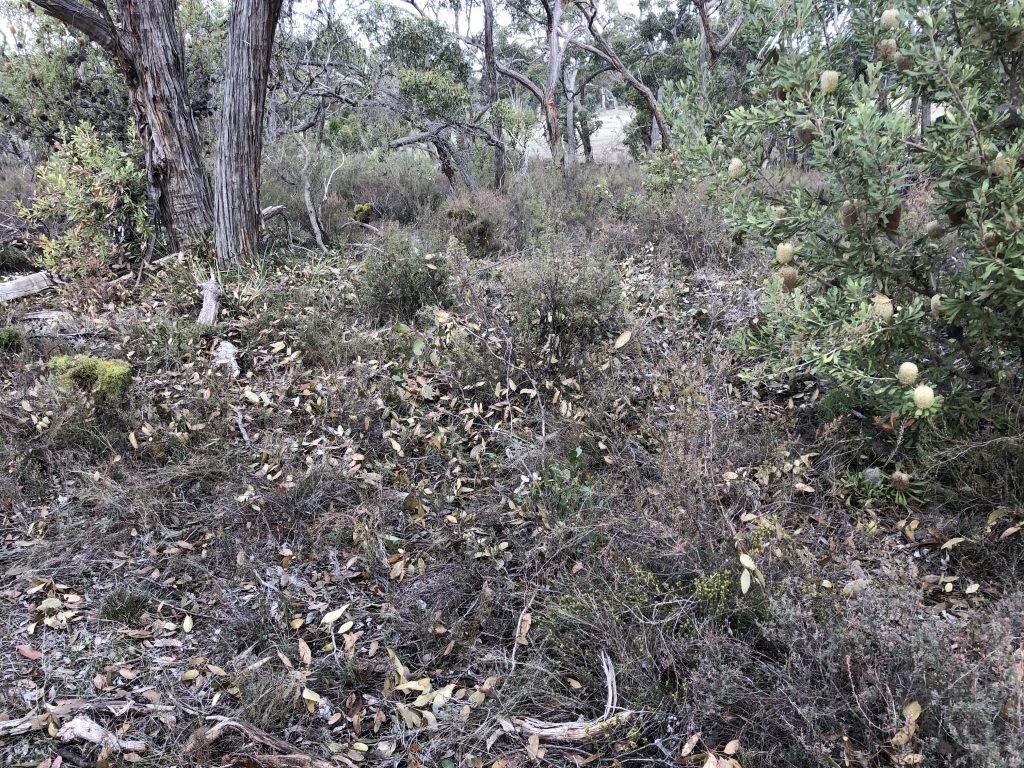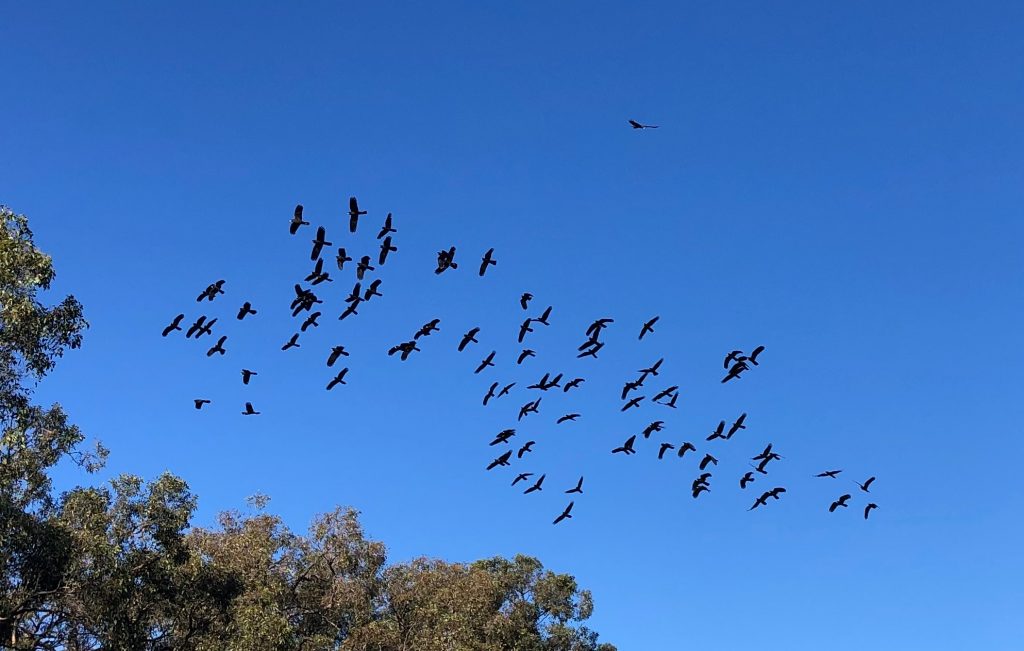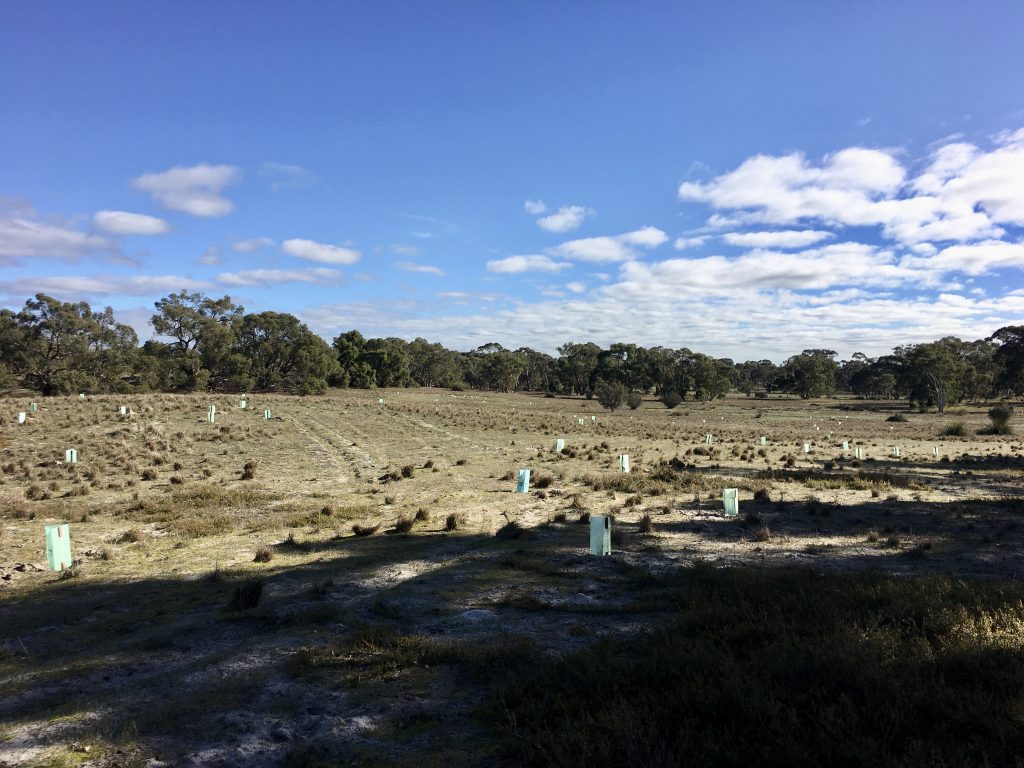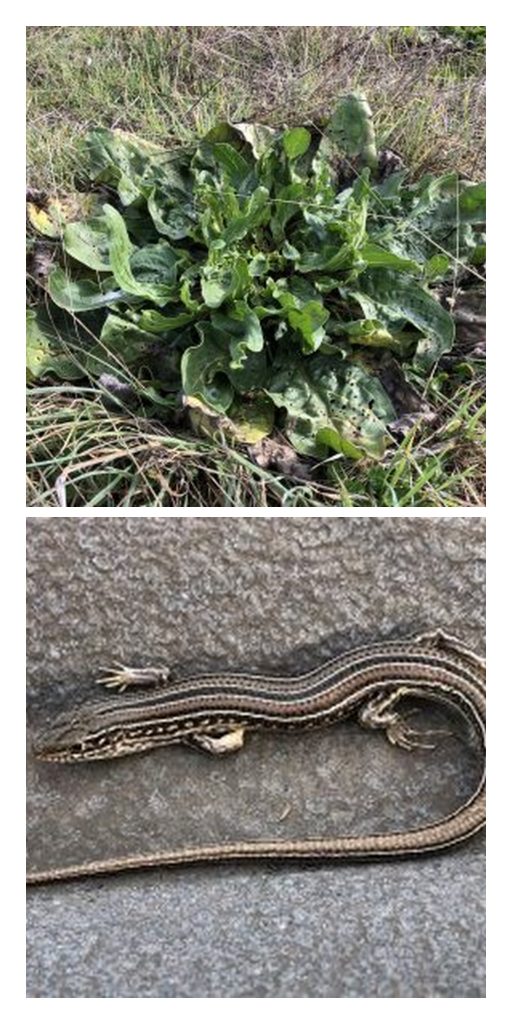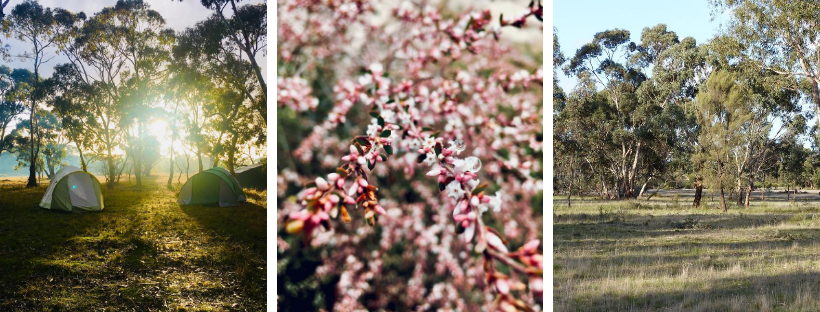Eaglehawk Waterhole Update July 2020
It’s been roughly a year since we’ve had an update from Eaglehawk Waterhole, NGT’s first Restoration Reserve located near Frances, SA.
Over the past 12 months, we’ve managed considerable community interest in spending time at Eaglehawk Waterhole on a range of activities, including: bird watching and surveys, camping, volunteering, school activities and NGT staff trips for weed and vermin control.
Busy birdwatchers
Visiting bird watchers are an invaluable source of interesting observations. Two recent trips by Chris and Lisa from Adelaide, and Ben from Kybybolite have highlighted some of our special and target species. The Adelaide crew found Diamond Firetails (Stagonopleura guttata), Hooded Robin (Melanodryas cucullata), Black-chinned Honeyeaters (Melithreptus gularis) and Red-tail Black Cockatoos (Calyptorhynchus banksii).
During his visit, Ben caught a glimpse of a Southern Scrub-robin (Drymodes brunneopygia) in dense bottlebrush and a small covey of Brown Quail (Coturnix ypsilophora) near the entrance gate. The Scrub-robin is particularly important as a connectivity benchmark, meaning – if we get more Scrub-robin observations (in previously isolated patches) throughout the property, our revegetation is working its magic!
Restoring habitat with Frances Primary School and volunteers
The revegetation of Eaglehawk continued this year, with much needed assistance from the Red-tailed Black Cockatoo (RTBC) Recovery Team, Bronwyn Perryman, Frances Primary School and NGT volunteers. Over two marvelously sunny days, the team planted over 350 Stringybark seedlings (Eucalyptus baxteri) for food and habitat for the RTBC, as well as a range of other Eucalypts, Wattles, Bulokes, Tea-trees and Yakkas.
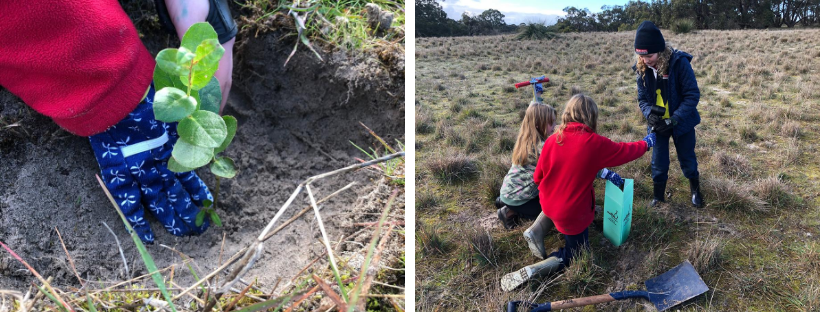
Stringybark seedlings being carefully planted by the hardworking students of Frances Primary School.
Over 1,000 native seedlings were planted in total, which will significantly contribute to a brighter future for Red-tails and a host of other fauna on the property. The students also planted 100 seedlings around the boundary of the Frances Football Oval complex. The mixture of Gold-dust Wattle, Scarlet Bottlebrush, Dryland Tea-tree and Buloke will establish both screening and a connected tree-line all around the site. Thank you to everyone that was involved, and we look forward to expanding on this work in the future both with the Recovery Team and Frances Primary School!
Red-tailed Black Cockatoos
Red-tailed Black Cockatoos are back at Eaglehawk in large numbers at the moment. Approximately 100 were observed back in June by Sheryl and Bryan. They were very busy consuming seeds from the Stringybark trees. The tree in the photo (below) was hit pretty hard, as you will notice all the litter on the ground.
How many Red-tails can you count in this photo? If you are the first to guess correctly, NGT will provide you with one free copy of any one of the following three books – 1. Caterpillars and Moths of Southern Australia (Grund, Forrest and Keane), 2. Eucalypts of South Australia (Dean Nicolle) or 3. Plants of the Great South West Walk (Sparrow). Email your answer to (but get in quick!)
Rosemary’s revegetation maintenance
The tidy up and maintenance of tree guards is an integral task when undertaking revegetation. One of our long term volunteers, Rosemary, has been busy on the nice sunny days sorting through the large pile of guards and stakes, weeding out the broken ones and bundling up 25 at a time using a novel technique (old camping chairs) to successfully bundle up a stack of guards and stakes for re-use.
Look what all your efforts have created Rosemary! Your valuable contribution has assisted revegetation projects all over the region, not just Eaglehawk Waterhole. Guards you have sorted and gathered for us have gone to sites at Rennick, Quarry screening sites near Mt Gambier, Rail Trail in Mt Gambier and Mt Burr Swamp. We cannot thank you enough.
Weed control of Salvation Jane
One of the main weeds we can eradicate at Eaglehawk is Salvation Jane / Paterson’s Curse (pictured left). We undertook a winter spray and fingers crossed will make a difference this year. Regular monitoring is the key to getting on top of this pesky weed, as it is an opportunistic species which can flower almost any time of year!!
Tile grids and wriggly reptiles
Monitoring of fauna is an ongoing activity, however somewhat opportunistic in nature due to surveys being undertaken generally during visits for other reasons. A number of roofing tile grids have been set-up at the property, and over the last few months we have lifted tiles to see what lies beneath. Over a 5 year period, one of these sites has been transformed from a sandy paddock into a flourishing revegetation area thanks to Cassie Hlava and the Landscape Links project. The diverse understorey, and Stringybark and Manna Gums are now providing habitat for ground dwelling animals such as skinks, spiders, ants and other arthropods.
One lizard colony in particular, the Striped Skinks (Ctenotus spaldingi), has moved in – big time – with 7 individuals seen under tiles in one 50 tile grid! Checking the tile grids in winter has proved successful, as the normally grease-lightning skinks are really slow this time of year and happy to sit long enough to snap a photo (a small one pictured left).
ID tip: The presence or absence of dorsal spots (spots on the top of the back) is a good way to tell Ctenotus spaldingi apart from a similar-looking species, Ctenotus orientis. This skink does not have spots, which identifies it as C. spaldingi!
Vermin control – We need you!
Rabbits are a constant management burden, and along with kangaroos, make light work of the buffet of self-germinating native seedlings and any unguarded reveg. Despite being quite time-consuming, extra effort was made this year to guard as much reveg as possible against their herbivorous predators. Hopefully we can update you on progress soon.
The regular annual fox run has been cancelled due to COVID-19, but we are thankful for the Binnum-Benayeo Group for coming in previous years to shoot on our place and the neighbours.
Eaglehawk is a wonderful place to explore, and is particularly beautiful at this time of year as the natives start to flower. If you would like to visit, please get in touch.
Thank you to Bryan Haywood for his work in putting this update together.



